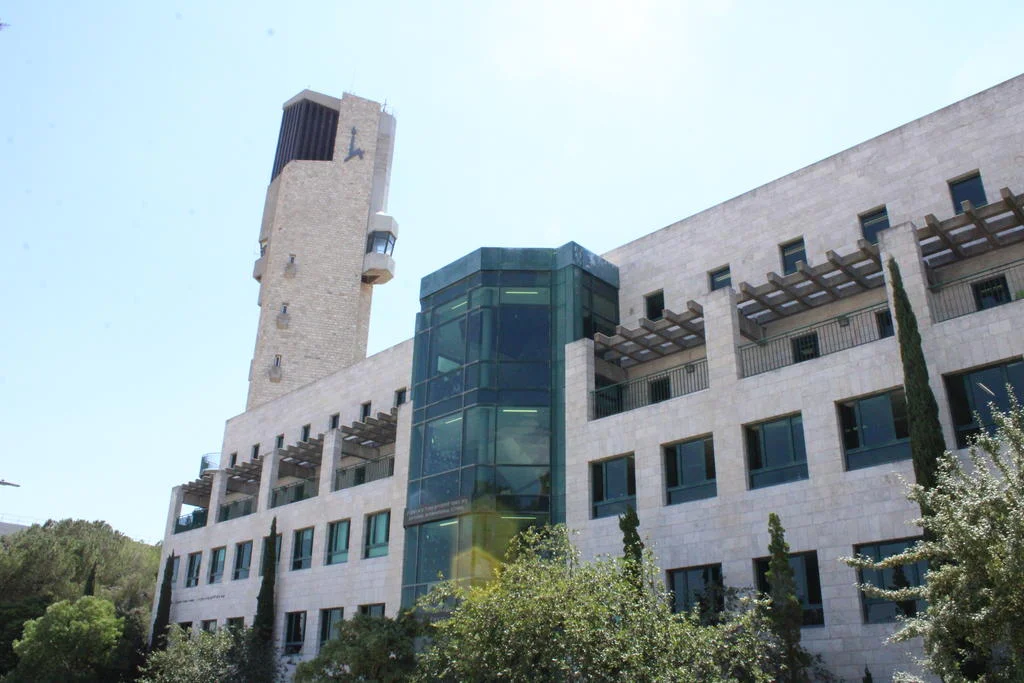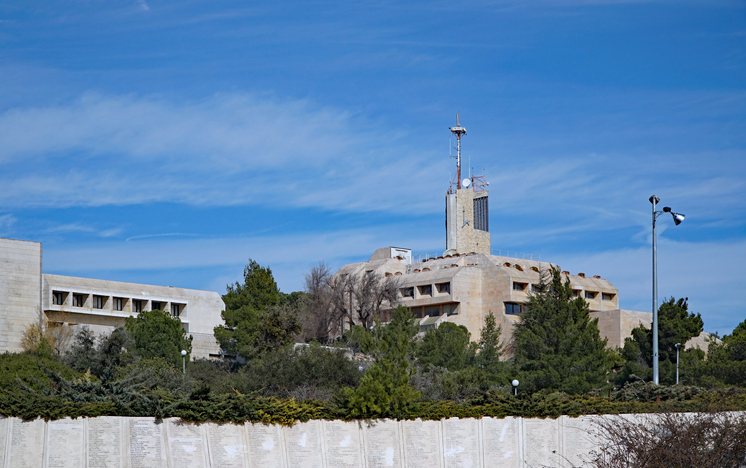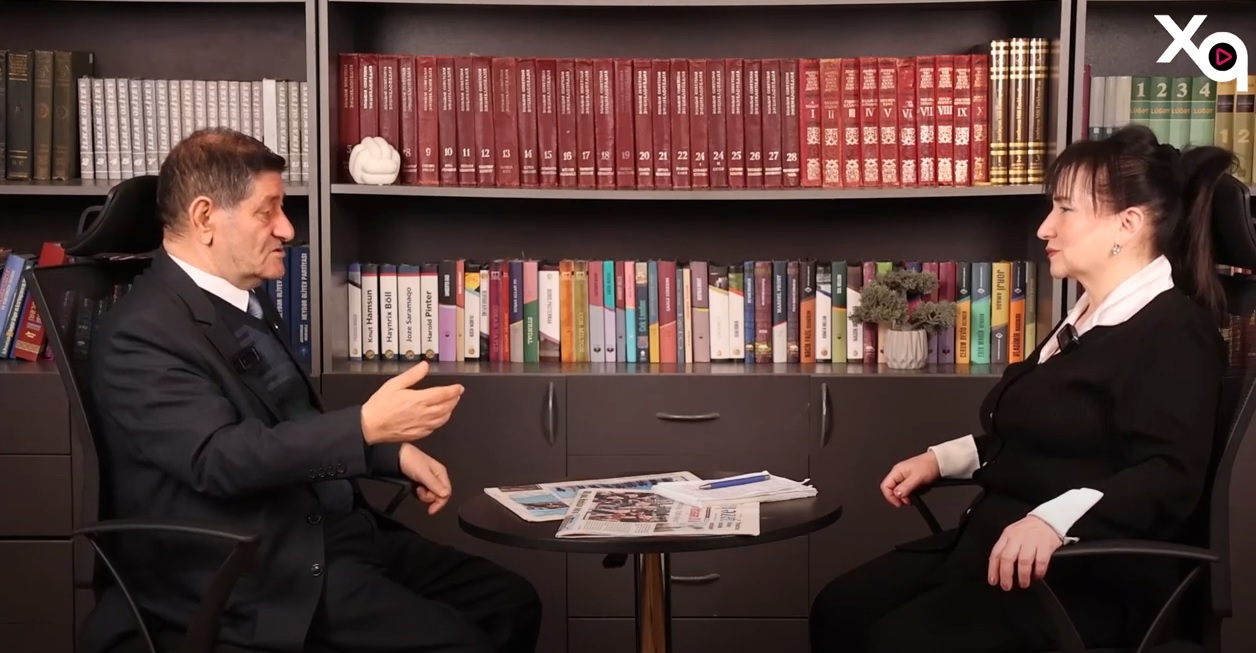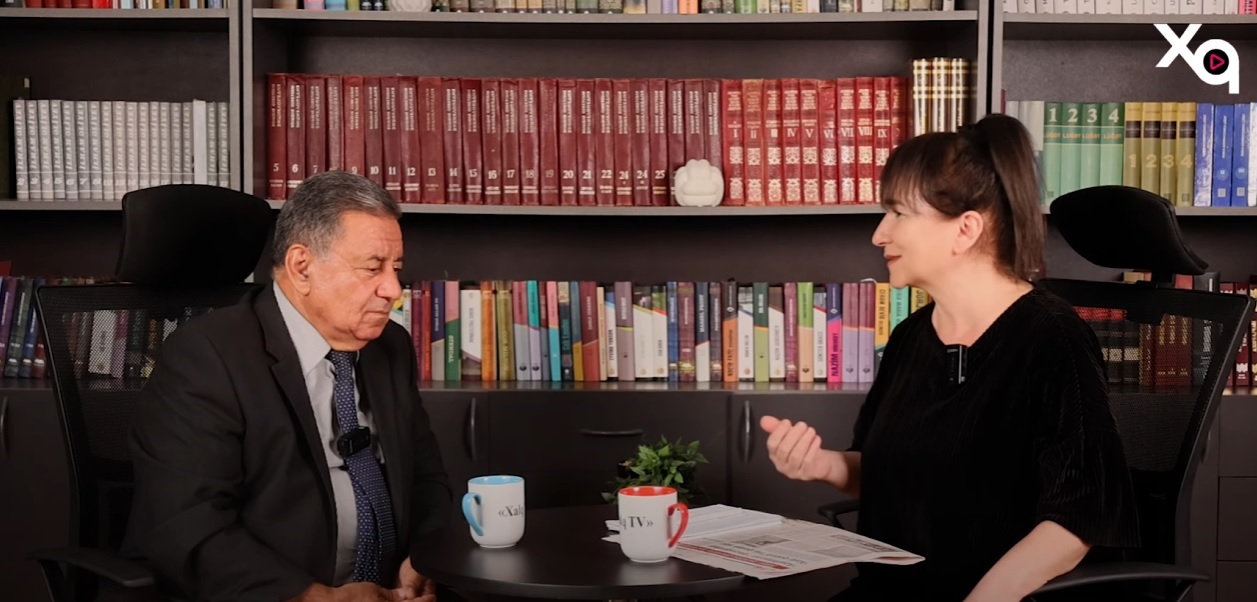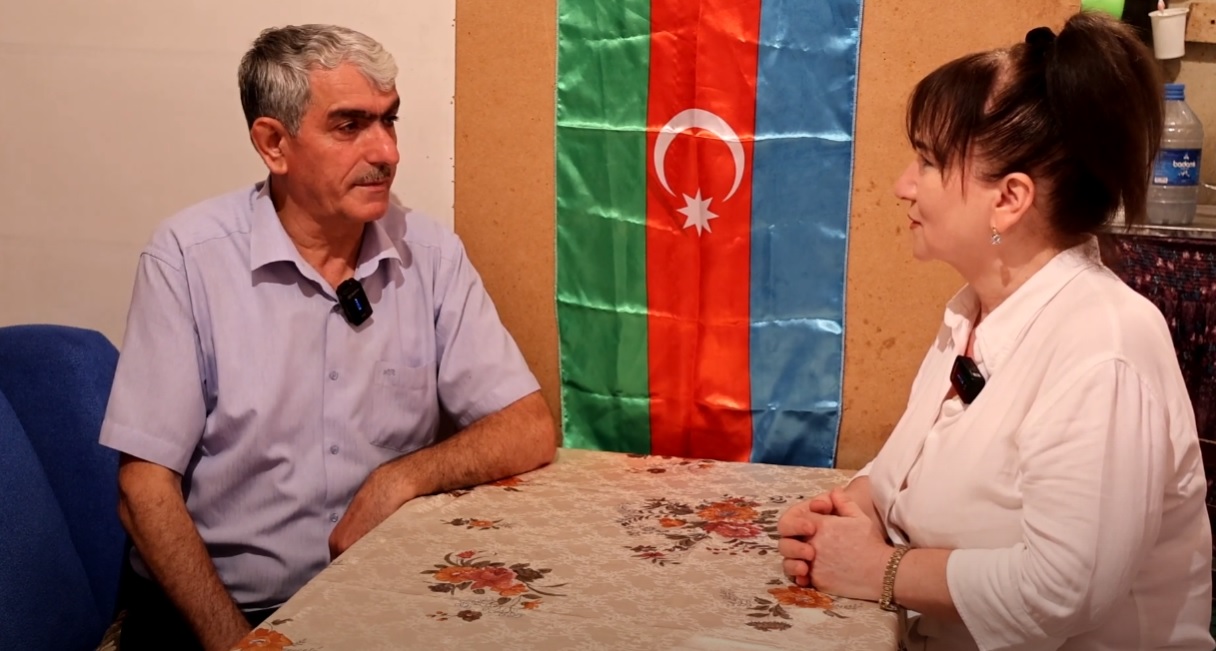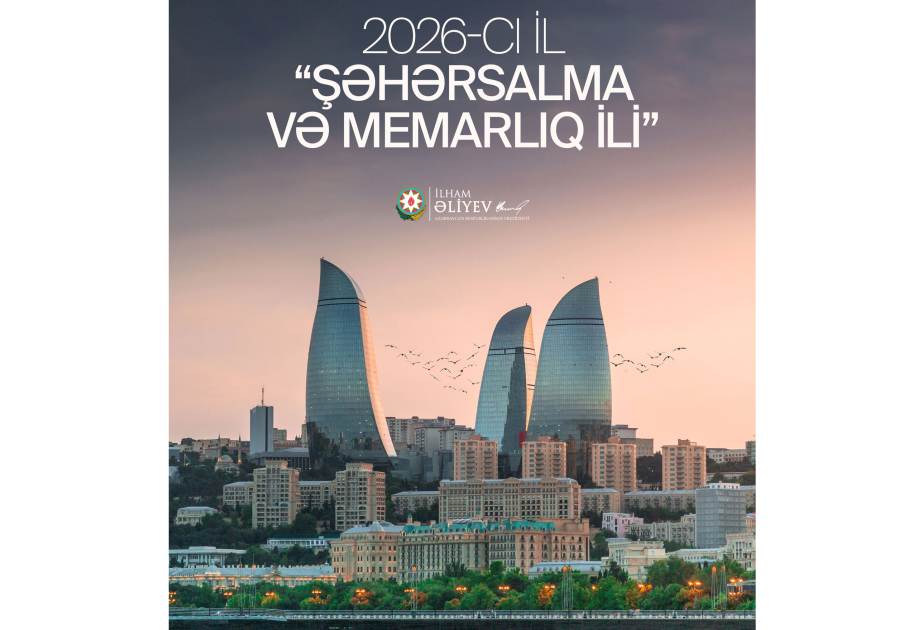By JERUSALEM POST STAFF
The left wall of Tomb 6438 features imagery of men and women dancing around a dressed flute player.
Archaeologists discovered a painted Etruscan tomb in Tarquinia, Italy, revealing frescoes that offer new insights into Etruscan culture and funerary practices. The announcement was made at the Pontifical Roman Academy of Archaeology, marking one of the most important finds by the Superintendency for Southern Etruria, according to Il Messaggero.
The tomb, designated as Tomb 6438 and nicknamed the "Franco Adamo Tomb," was discovered late last year when the Superintendence of Viterbo inspected cavities that had opened up in farmland near Tarquinia. The inspection revealed a painted tomb chamber adorned with frescoes dating back to the mid-5th century BCE, reported Archéologia Viva.
According to HeritageDaily, the excavation was conducted under strict confidentiality to protect the site from grave robbers and to prevent further looting and damage until security and preservation measures could be implemented. The secrecy ensured that the tomb remained undisturbed until archaeologists could secure and preserve its contents.
"The extraordinary level of the paintings is already evident in the first restoration," said Superintendent Margherita Eichberg, according to HeritageDaily. "It highlights the refined details of the figures of the flute player and one of the dancers."
The left wall of Tomb 6438 features imagery of men and women dancing around a dressed flute player. The dance of four dancers—two men and two women—suggests a ritual choreography connected to funerary practices or celebrations in honor of ancestors, reported Il Messaggero.
On the right wall, there is a depiction of a metallurgical workshop, possibly representing the mythical forge of Sethlans, the Etruscan counterpart to Hephaestus. According to Archéologia Viva, this scene testifies to the technical specialization of the Etruscans in metallurgy.
The back wall portrays a woman, possibly the deceased, alongside two young figures; however, a portion of the decoration has been lost due to structural collapse and looters breaching the chamber by drilling through its sealing.
Archaeologists stated that the discovery of the "Franco Adamo Tomb" is the first painted tomb with a figured frieze to be found in Tarquinia in decades.
The tomb was named in honor of Franco Adamo (1955–2022), a restorer who dedicated his life to the conservation of Etruscan painted tombs. Adamo passed away in 2022, just months before the discovery.
"This is the first tomb painted with a figurative frieze to be discovered in Tarquinia in decades, and it promises to be very intriguing for its history, its artistic level, and for some of the scenes depicted, which are unique," said Daniele F. Maras, the archaeological officer in charge of the discovery.
Although few funerary objects remain in Tomb 6438 due to looting, excavations of the debris have unearthed fragments of Attic red-figure pottery. Arkeonews.net reported that these materials had collapsed from an older tomb dating from the end of the Orientalizing period, more than a century earlier.


.jpg)
